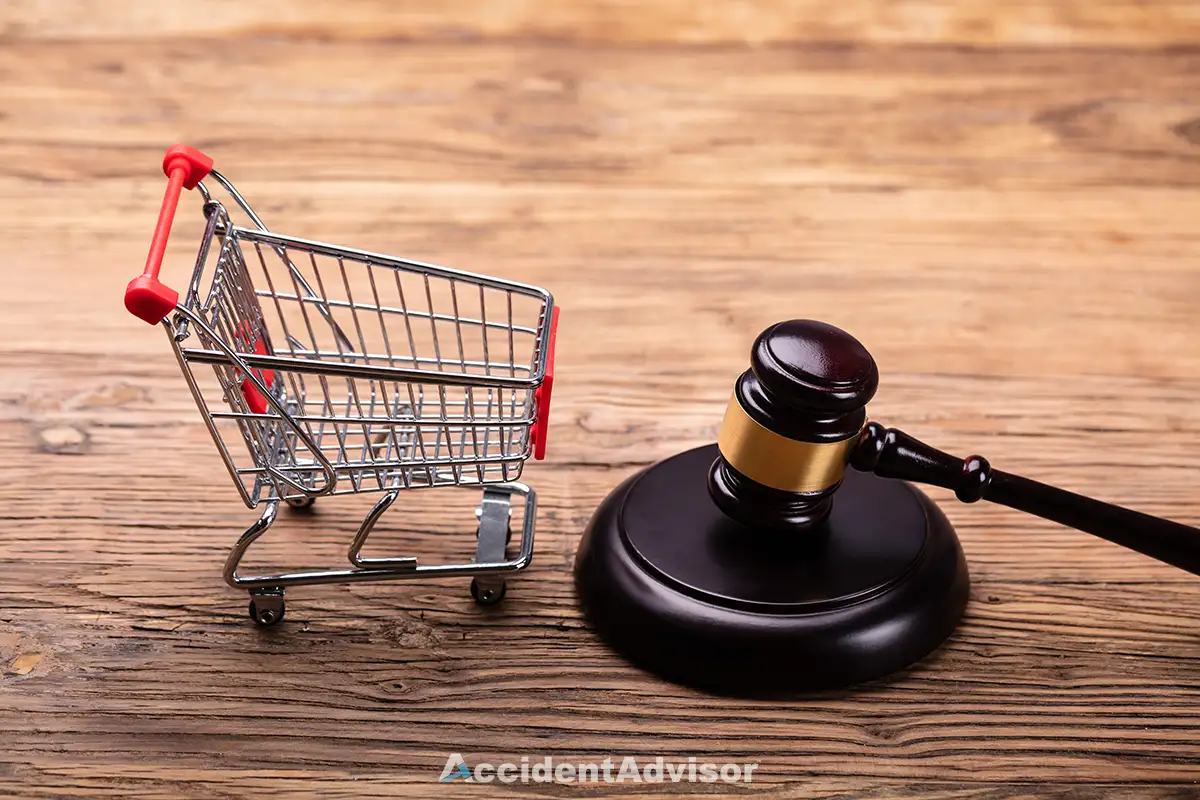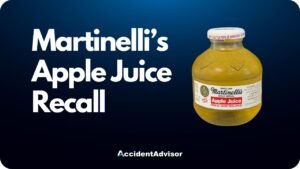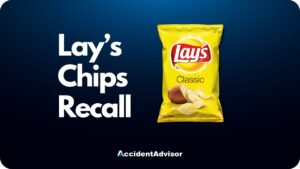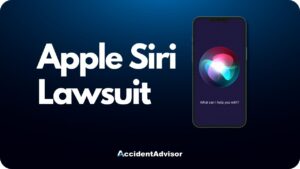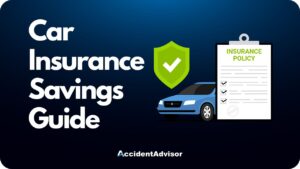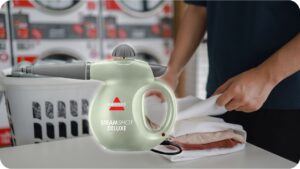Hundreds of recalls result in product liability cases from people who are injured or even killed by defective or dangerous products. Though most products undergo rigorous safety testing, design or manufacturing defects cause around 11.7 million injuries every year.
While it may seem like an open and shut case to sue a company for a defective product, the process of winning a products liability case is often complex, costly, and time-consuming. Knowing who to sue in the case, what claim to make, and how to gauge your eligibility for a settlement are all crucial parts of the process. Contact an experienced products liability attorney to learn more about whether you could win a defective product settlement for your injury.
Table of Contents
- What is a Product Liability Case?
- How do Product Liability Cases Work?
- What are the 3 Types of Product Liability Claims?
- What Type of Product Defects Create Liability?
- Common Defenses to Product Liability Cases
- Can You Sue for a Poor-Quality Product?
- What To Do If You’ve Been Injured by a Defective Product?
- Conclusion
What is a Product Liability Case?
A product liability case is when an injured customer sues one or more parties responsible for manufacturing, designing, assembling, distributing, or selling a defective product. This could include anyone in the manufacturing and sales chain, including the company that designed, tested, or licensed the product, or even the store that sold it.
The case would need to determine how culpable the defendant was in the defect that caused the customer harm. Therefore, if a product liability case can demonstrate that a company knew about a defect and failed to notify consumers about the potential dangers of their product, then the culpability would be much higher.
The evidence required to prove your product liability claim would differ depending on the type of product defect and injury, as well as the defendant’s role in the product manufacturing or distribution process.
How do Product Liability Cases Work?
Once a defendant is chosen, product liability cases must establish the burden of proof. In the past, a person could not receive a settlement if they were not the ones who bought the product. Today, anyone who was injured by a product can be compensated so long as the product was sold and bought by someone.
The main goal in most product liability cases is to invoke “res ipsa loquitur,” which means transferring the burden of proof to the defendant, which in this case is the company. This means the plaintiff (you) no longer has to prove the company’s negligence. Instead, the company must try and exonerate themselves of negligence.
Your legal team may also try to invoke strict liability, which asserts that the makers of a defective product are liable for damages if the product injures someone without requiring any further proof of negligence. It is the product liability equivalent of “no-fault” accidents, and significantly swings the case in favor of the injured consumer.
What are the 3 Types of Product Liability Claims?
Though the specifics may differ between states, most courts recognize three types of product liability claims that you will have to prove in your case. The three types are negligence, strict liability, and breach of warranty of fitness.
The type you claim is significant since it will change the evidence required, as well as the defendant that is relevant to your claim. For example, the sales team of a company may not be liable for the same type of product liability claim as a product manufacturer or a retail store.
Deciding the type of liability claim that is most likely to be well-compensated in your case is one of the advantages of having an experienced product liability attorney in your corner.
Negligence
In a product liability case, “negligence” means that someone in the production or sales process did something careless that resulted in your injury. This could include the product’s developer, manufacturer, or even the people in its distribution chain such as the retailers.
Negligence factors into most product liability cases. Your defense needs to identify the law that the company broke in making or selling the product and which caused you to become injured. The law you use should be designed to protect consumers from your exact situation, such as the FDA regulations on lead content in products.
Importantly, if you used the product negligently, you may not receive as large a settlement for your injuries. Negligence works both ways in product liability claims to discover “who” is most to blame for the damage.
Strict Liability
Claims that invoke strict liability assign fault without taking the defendant’s negligence into account. In these cases, so long as a customer was injured by the product, the court can assign compensation without needing to hear proof of the company’s intent or the flaws in their production process.
Breach of Warranty of Fitness
A breach of warranty of fitness (sometimes called a breach of contract) claims that the product did not live up to the company’s guarantee, as stated in their warranty. There are three warranty types that you could claim:
- Express Warranty means that the company made the claims in certain terms, such as in a TV commercial, a pamphlet, or in person.
- Implied Warranty of Merchantability means that the product could be reasonably expected to function in the way that you used it when you were injured, even without an explicit claim from the company.
- Implied Warranty of Fitness is when the product is not exactly what the seller has promoted it to be or is sold under a false pretense. For example, if a store tried to market a medication for its side effects rather than its intended purpose, it would be breaching the implied warranty of fitness.
What Type of Product Defects Create Liability?
The three broad categories of product defects that lead to liability are defects in design, manufacturing, and marketing. This means that these cases often require different evidence to prove depending on the type of defect that caused your injury, or in the case of multiple possible defects, that your legal team believes is easiest to prove.
Consider these categories as broad definitions that can guide your claim and predict the defense’s strategy. The important thing to remember is that the defect you claim must be provable within your state’s regulations for product liability. Ask your attorney to learn more about the best strategy for your situation.
Design Defects
Design defects that result in harm could be due to a product that breaks through reasonable use or misleads the buyer about its safety, such as a toy that ends up being a choking hazard. Design defects often result in product recalls due to a product failing to meet safety standards or failing to function as advertised.
Manufacturing Defects
Manufacturing defects by contrast are not by design but due to an accident in the making of one product model or even one batch. If something breaks, goes wrong, or is contaminated during manufacturing, the manufacturer may be liable for your injuries.
Marketing Defects
Marketing defects or false advertising include any claims made by the seller or manufacturer that cannot be supported. These include warning labels that fail to alert consumers about safety concerns.
Common Defenses to Product Liability Cases
Not all product liability cases are successful, primarily due to the common risk-utility and consumer expectation defenses that the defendant’s legal team will use. If you used a product for a non-advertised purpose or cannot clearly identify the party responsible for your injury, you leave your case vulnerable to these common defensive strategies.
The main premise of the defenses will be that the product is not defective and only caused an injury because of the consumer’s use of the product or their false expectations. Meanwhile, your side will argue that a reasonable buyer would expect to be able to use the product a certain way. Therefore, if an injury occurs, liability rests with the product’s maker for failing to make it safely or advertise it accurately.
Risk-Utility Test
The risk-utility test is one such defense, which tests for design defects by comparing the probability of the product hurting a consumer plus the severity of the injury to the cost of taking reasonable precautions to prevent this injury.
For instance, in the case of someone injured by a lawnmower, a judge would not expect a company to manufacture lawnmower blades from a new form of material that is safer than metal, but if plastic safety guards would have cost very little and might have prevented the injury, they might deem the product a failure of the risk-utility test.
Consumer Expectation Test
The consumer expectation test asks whether the product could be reasonably expected to work in the way that the injured person used it. This is to prevent someone from suing companies for injuries due to reckless consumer behavior (such as reaching into moving lawnmower blades). However, it can also be used to assign liability to companies whose products fail during the court’s definition of their expected use.
Can You Sue for a Poor-Quality Product?
Product liability cases are not applicable when the consumer simply expected the product to be better. Your case must still meet the criteria discussed above, demonstrating that a company was negligent in the production, manufacturing, marketing, or sale of the product.
For example, if a weedkiller fails to kill the weeds in your yard, this is not likely grounds for a product liability case on its own. However, if the marketing “guaranteed” that it would work or failed to alert you of potential safety hazards, you might be able to use its quality as evidence for a false advertising or marketing claim.
What To Do If You’ve Been Injured by a Defective Product?
If you have been injured by a defective product, follow these four main steps to filing a successful case:
- Visit a doctor immediately so that your injury can be documented and potentially verified as resulting from your use of the product.
- Assemble the evidence you will need for your products liability case, including pictures of the injuries, the product and its packing materials, contact information from any witnesses, your medical records, and a product receipt.
- Check your state’s guidelines on when and how a product liability lawsuit should be filed, including the statute of limitations.
- Consult a personal injury attorney experienced in product liability cases to better understand your eligibility for a settlement and how to win your case.
Conclusion
Product liability cases often require proof of the defendant’s negligence, whether they are the manufacturer, advertiser, distributor, or even seller of the product that injured you. To establish negligence, you need to know the types of cases, the common defenses, and the process of filing your product liability case. If you were injured by a product, speak with a personal injury attorney to learn more about your eligibility for compensation and how to file a successful claim.

Rocky Horton
Author
Rocky Horton is a health and safety expert from Chapel Hill, NC. He is the founder of AccidentAdvisor and has been featured in Forbes, Bloomberg, and other publications. Learn more.

